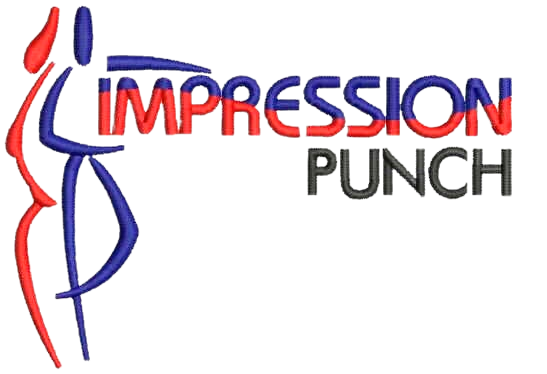Embroidery digitizing is the process of converting artwork into a digital file that an embroidery machine can read and sew into fabric. This intricate process combines artistic creativity with technical precision, transforming a simple design into a beautifully stitched piece of art. Whether for custom clothing, promotional items, or decorative pieces; embroidery digitizing plays a crucial role in the modern garments industry.
Embroidery digitizing involves several key steps as follows: –
- Artwok: The first step is to have an artwork which is required to be embroidery on short or cap or any fabric. Artworks are basically used as tracing. This can be any logo, a piece of art or a custom created design. High-quality images with clear details and minimal shading work best for embroidery digitizing.
- Software Conversion: Specialized software is used to convert the artwork into a digital embroidery file like EMB, DST, PES, Jef and many more by using popular programs known as Wilcom,. Wilcom translate the design into a series of stitches, assigning stitch types, directions, and densities to different parts of the design.
- Stitch Types: There are various stitch types used in embroidery, including satin stitches, fill stitches, and running stitches. Each type serves a different purpose described as follows.
- Satin Stitches: Ideal for outlining and small details.
- Fill Stitches: Used for covering large areas with solid color.
- Running Stitches: Great for thin lines and detailing.
- Testing and Adjustments: Once the digital file is created; embroider (an expert person handling embroidery machine) feed the file in embroidery machine and set it according to fabric. Adjustments are made to stitch density, thread tension, and pathing to ensure the final product looks perfect.
Talk to us.
- Save yourself time & money
- Let our experts handle all the good work.
- Consultation is always free, so get in touch with us.

The Role of Modern Embroidery Digitizing.
Modern embroidery digitizing relies heavily on advanced software and technology. These tools allow for precise control over every aspect of the embroidery process. Some features of advanced digitizing software include:
3D Visualization: Allows designers to see a three-dimensional preview of the embroidered design before it’s stitched.
Stitch Editing: Enables detailed adjustments to individual stitches for perfect results.
Font Libraries: Pre-digitized fonts make it easy to add text to designs.
Artistic Considerations
While the technical aspects of digitizing are crucial, artistic elements play an equally important role. A good digitizer needs a keen eye for detail and an understanding of how different stitch types and densities will look on various fabrics. Color theory, fabric types, and the interplay of light and shadow all influence the final appearance of the embroidery.
Challenges in Embroidery Digitizing
Digitizing for embroidery presents several challenges:
Complex Designs: Intricate designs with lots of detail can be difficult to digitize effectively.
Fabric Behavior: Different fabrics respond differently to embroidery. Stretchy or delicate fabrics require special consideration.
Thread Breakage: Improper angling or high stitch density can lead to thread breaks during stitching. It will not only waste time but can also lead to damage to your fabric. An expert embroidery digitizer understands fabric properties and uses certain techniques to minimize thread breaks.
Color Stops: As we know embroidery machines can handle multiple threads and change thread color as per digitized embroidery file. Embroidery digitizer adds color stops at certain places as per artwork. Expert embroidery digitizer always tries to reduce color stops because he understands the value of time which a machine consumes in this process. Embroider also like those files which have minimum color changes as it saves their time and efforts.
Conclusion
Embroidery digitizing is a blend of art and science, requiring both creative vision and technical skill. With the right tools and expertise, digitizers can transform any design into a stunning embroidered piece. As technology continues to evolve, the possibilities for creativity and precision in embroidery are expanding, making this craft more exciting and accessible than ever before.


Leave a Reply